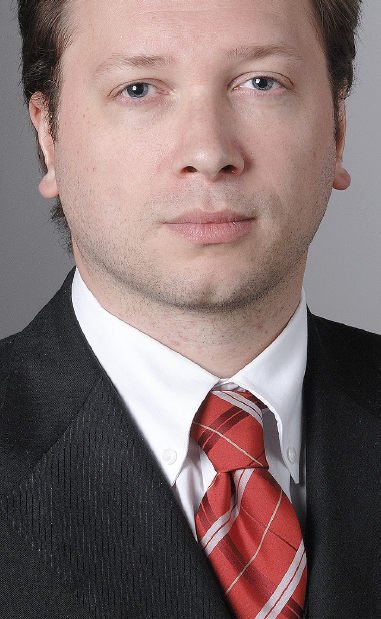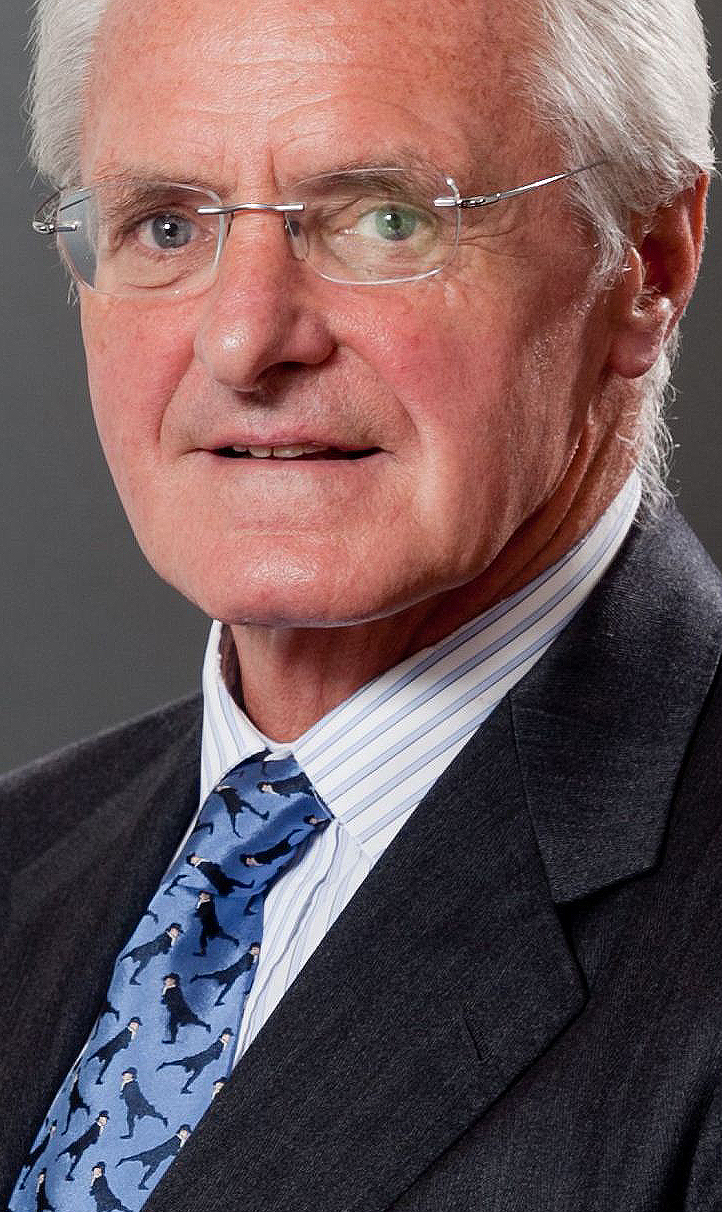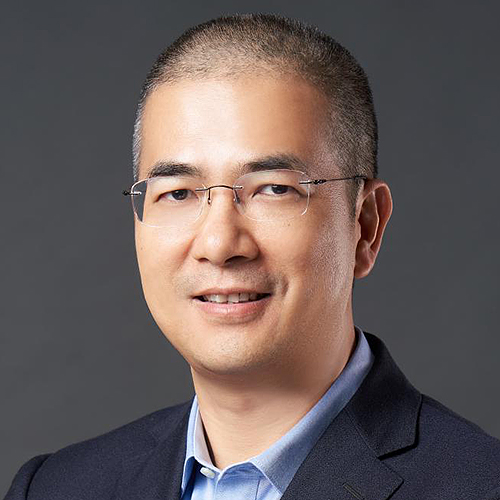 |
|
| Rousselet: In this environment, making money is very difficult |
Low yields have had an impact on many aspects of asset management, in Asia and globally. One feature that has largely escaped any changes was the common fee model for hedge funds, charging fixed management and performance fees. But some are advocating a rethinking.
“The traditional 2/20 hedge fund fee model was designed 20 years ago, when interest rates stood at almost 10%,” highlights Nicolas Rousselet, managing director and head of hedge funds at Geneva-headquartered asset management company Unigestion. “The philosophy was that 80% of performance returns would go to the investor and 20% to the manager. The 2% management fee was considered pocket money, because with rates at 10%, the 2% is less than three months’ worth cash earnings,” he says, adding, “The problem now is that with rates at zero, 2% becomes huge. The industry has not adapted to that. The fee model continues because it has always been like that.”
Rousselet acknowledges that the 2/20 fee model is already far less omnipresent than in the past, with the average among most managers probably closer to 1.5% management fee and 17% performance fee and traditional long/short funds cheaper than other strategies. Yet, few hedge funds even deserve those levels of fees, he continues.
“Of the roughly 10,000 hedge funds in the world, I’d say 2% deserve to be paid what they are paid. That is about 400 funds whose managers work really hard, are highly talented and dedicated to their clients. The rest benefit from the legacy fee models.”
New fee models
In a survey of 150 hedge fund managers and 100 investors in the asset class in June 2014, data provider Preqin found that more than half of respondents in both groups believe hedge fund returns in 2014 will fall between 4%-6%. If these materialize, these would represent the lowest returns since 2008 (except for 2011), it was earlier reported.
“In this environment, making money is very difficult,” Rousselet agrees, noting that with hedge fund fees as they stand, managers would need to make nearly 20% in annual returns when they promise to return 15% to investors.
In a low rate environment, he says, the takeout for investors is more like 60%-65% rather than the 80% originally conceived – because of the 2% management fee. “That is what upsets people.”
“The higher your fees, the least patient your investor will be during underperformance. Low performance is not necessarily an issue until you charge high fees. If your investors are on your back, you will feel the pressure and you may start to make mistakes.”
Unigestion retains a roster of 50-60 hedge fund managers and constructs funds with a portfolio of four to 20 names. Assets under management in Unigestion’s hedge fund business total US$2 billion, of which two-thirds are invested in dedicated accounts for institutional investors and the rest in fund of funds.
Exposed to pressure on fees itself, the asset manager seeks to institutionalize a new fee model with the hedge funds it invests in. “What we are advocating at Unigestion is to make the fee split less tilted to fixed fees and more tilted to performance-related fees and then introduce a hurdle rate so that managers are paid only if they reach a certain level of performance,” explains Rousselet.
“For example, if the manager wants 2% management fee, it is considered an advance on the future performance so that the manager would have to return at least 10% to receive performance fees the year after.”
Hedge fund investors such as Unigestion, which manages US$16.1 billion in assets and also invests in equities and alternative assets, face additional pressure with respect to fees.
“The old fund of funds model, where the underlying funds charge 2/20 and the fund of funds on top with another 1/10, is totally unsustainable these days,” relates Stuart Leckie, owner of investment consultancy Stirling Finance and former chairman of Fidelity Investments, Asia-Pacific. “Even in the glory days, when the hedge fund earned 15%, 2/20 plus 1/10 was a lot of money. But nowadays, where average returns are certainly in single figures and perhaps even low single figures, this leaves no gains for the investors.”
Reducing fees charged by hedge fund managers has thus become a priority matter for funds of hedge funds. Already, Rousselet notes, some competitors operate at a loss.
Performance-based fees
 |
|
| Leckie: Investors demand managers to pay all or most custody fees |
Despite pessimistic growth forecasts by managers themselves, inflows into the asset class in the first half of 2014 are at a six-year high. According to data providers BarclayHedge and TrimTabs Investment Research, the hedge fund industry took in US$82.5 billion in the first six months of the year, compared to just US$23.6 billion in the same period last year.
With demand for hedge funds so strong, those bargaining for better fees face an uphill battle. Ironically, the same reason causing some hedge fund investors to take issue with management fees also thwarts their efforts.
“Some 10-15 years ago, hedge funds were purchased by private individuals, wealthy clients, family offices, private banks and not so much by the heavyweight institutional investors including the insurers and pension funds,” reminds Leckie. “While a lot of individuals got burned with these funds during the financial crisis, many institutional investors are now expanding allocations to alternative assets for extra yield.”
Institutional investors looking to escape low rates in other asset classes buoy inflows into hedge funds, making the adjustment of an outdated fee model more difficult. Already, pension funds, sovereign wealth funds and insurers account for more than 60% of capital invested in hedge funds, reports Preqin.
Convincing hedge fund managers of the new model will take years, Rousselet concedes. He believes that those willing to change their fee structure send a strong message to investors backing them.
“If I propose a deal to the hedge fund managers wherein they will make more money if performance beats a certain benchmark agreed upon, they should take it. If they do not take it, it means they know they won’t be able to deliver that return in reality.”
His back-loaded fee structure that puts performance ahead of fees is not a foreign concept in Asia. Observes Leckie: “You could have simple hurdle rates, that is, for returns to beat the bank deposit rates or inflation before any performance fee is granted. That is not very demanding.”
“Or you could just have a number, like 6% or 8%. This is undoubtedly becoming more popular and is already widely applied in mainland China,” he continues, referring to so-called sunshine funds.
Big-ticket institutions with US$50 million-US$100 million worth of investments are able to excise better terms from managers in other ways as well, Leckie notes. ‘Most favoured nation’ clauses have become more widespread, granting an investor the same terms that the manager grants a subsequent investor, if lower.
He has also observed some investors are demanding managers to pay all or most custody fees for the fund.
Rousselet mainly advocates the hurdle fee model to larger fund managers, in light of the investment risk created by squeezing a younger fund too much on fees. His credo applies to all funds: “A hedge fund manager should not get rich earning management fees.”





.jpg)
.jpg)


